Sort:
The average pro reviews rating is 7.5 / 10, based on the 16 reviews.
How we do it
We humanly agregate professional reviews from a number of high quality sites. This way, we are giving you a quick way to see the average rating and save you the need to search the reviews on your own. You want to share a professional review you like?

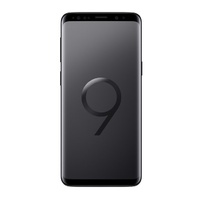
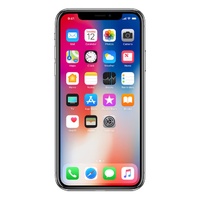
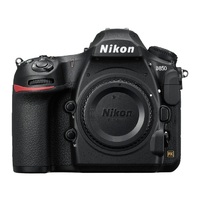
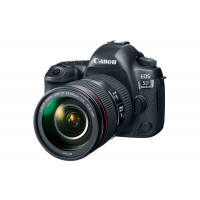

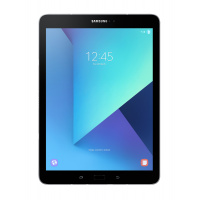
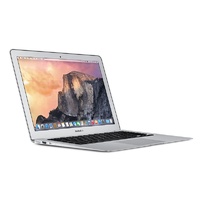



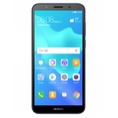








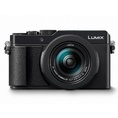
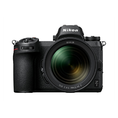


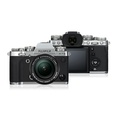
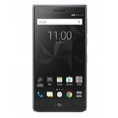






Phone Arena‘s review Edit Like Unlike
Dec 18, 2013
PC Magazine‘s review Edit Like Unlike
Dec 11, 2013
Phone Arena‘s review Edit Like Unlike
Dec 03, 2013
CNET Reviews‘s review Edit Like Unlike
Nov 21, 2013
Digital Trends‘s review Edit Like Unlike
Nov 23, 2013
expertreviews‘s review Edit Like Unlike
Nov 22, 2013
PC Magazine‘s review Edit Like Unlike
Nov 21, 2013
Phone Arena‘s review Edit Like Unlike
Nov 20, 2013
Notebookcheck‘s review Edit Like Unlike
Nov 16, 2013
Phone Arena‘s review Edit Like Unlike
Nov 18, 2013
Phone Arena‘s review Edit Like Unlike
Nov 13, 2013
Phone Arena‘s review Edit Like Unlike
Nov 04, 2013
PC Advisor‘s review Edit Like Unlike
Nov 01, 2013
AnandTech‘s review Edit Like Unlike
Oct 28, 2013
SlashGear‘s review Edit Like Unlike
Oct 14, 2013
Pocket-lint‘s review Edit Like Unlike
Oct 14, 2013